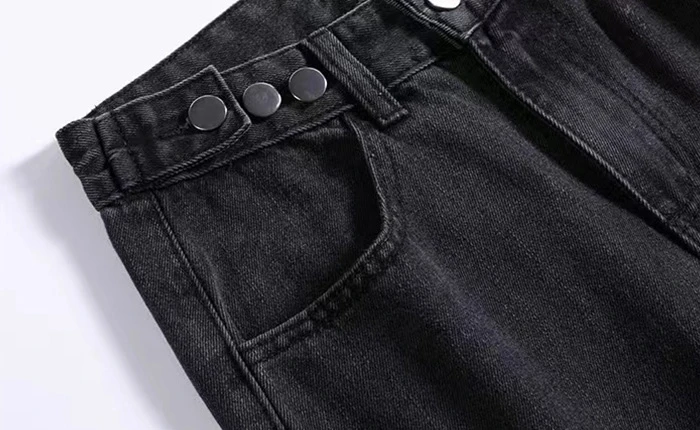Exploring the Art of Custom Synthetic Indigo Dye Production and Application Techniques
Exploring Custom Synthetic Indigo Dye A Revolution in Color
Indigo, a color that has captivated cultures for centuries, is most famously known as the deep blue dye used in textiles, particularly denim. Traditionally derived from the leaves of the Indigofera plant, the dyeing process was labor-intensive and required specific environmental conditions for successful cultivation. However, the advent of synthetic indigo has transformed both the production process and the dyeing industry. This article delves into the world of custom synthetic indigo dye, highlighting its benefits, applications, and the future of color in textiles.
The Shift from Natural to Synthetic
The introduction of synthetic indigo in the late 19th century revolutionized the dye industry. Unlike its natural counterpart, synthetic indigo is produced via chemical processes, primarily from aniline and other petrochemical derivatives. This shift not only increased the availability of the dye but also reduced costs significantly, making it accessible to a larger audience. Synthetic indigo has a consistent quality, ensuring that the color remains uniform across large batches—an essential factor for manufacturers aiming for brand consistency.
Customization in Dye Production
One of the most exciting advancements in synthetic indigo is the ability to customize the dye to meet specific needs. Custom synthetic indigo dye can be engineered to achieve various shades of blue and even other colors by altering the molecular structure or combining different dyes. This level of customization is beneficial for fashion designers and brands seeking to create unique products that stand out in a competitive market. Furthermore, brands are now capable of producing limited-edition collections with singular tones that resonate with consumers' evolving tastes.
Environmentally Friendly Alternatives
custom synthetic indigo dye

While synthetic dyes have generally been produced from petroleum-based sources, recent innovations have led to the development of environmentally friendly synthetic indigo options. Companies are investing in sustainable practices by utilizing bio-based raw materials, which significantly reduce the environmental footprint. For instance, some manufacturers are exploring the use of renewable sources, such as bioengineered microorganisms that produce indigo dye without relying on fossil fuels. This green approach appeals to eco-conscious consumers and aligns with the global push for sustainability in the fashion industry.
The Fashion Industry's Response
The fashion industry, known for its environmental challenges, is beginning to embrace custom synthetic indigo dyes as part of a broader commitment to sustainable practices. Brands are seeking transparency in their supply chains and prioritizing partnerships with dye manufacturers who offer eco-friendly options. This shift is reflected in the rise of ethical fashion labels that emphasize not only the aesthetics of their products but also their environmental impact. By incorporating customizable synthetic indigo dyes, these brands can tell a unique story, connecting with customers on a deeper level.
Future Trends
As technology continues to evolve, the future of custom synthetic indigo dyes looks promising. Innovations in dyeing techniques, such as digital printing and 3D fabric manipulation, will likely enhance the application of synthetic indigo in various fields, including home textiles and industrial fabrics. Moreover, the convergence of fashion and technology, exemplified by smart textiles, may introduce new ways of integrating color into products.
In conclusion, custom synthetic indigo dye represents a significant evolution in the dyeing industry, offering vast potential for creativity and sustainability. As the demand for unique and eco-friendly products grows, the prospects for synthetic indigo continue to expand, marking a new era for this timeless color. The ability to customize not only maintains the rich heritage of indigo but also paves the way for a brighter, more sustainable future in textiles.
-
The Timeless Art of Denim Indigo Dye
NewsJul.01,2025
-
The Rise of Sulfur Dyed Denim
NewsJul.01,2025
-
The Rich Revival of the Best Indigo Dye
NewsJul.01,2025
-
The Enduring Strength of Sulphur Black
NewsJul.01,2025
-
The Ancient Art of Chinese Indigo Dye
NewsJul.01,2025
-
Industry Power of Indigo
NewsJul.01,2025
-
Black Sulfur is Leading the Next Wave
NewsJul.01,2025

Sulphur Black
1.Name: sulphur black; Sulfur Black; Sulphur Black 1;
2.Structure formula:
3.Molecule formula: C6H4N2O5
4.CAS No.: 1326-82-5
5.HS code: 32041911
6.Product specification:Appearance:black phosphorus flakes; black liquid

Bromo Indigo; Vat Bromo-Indigo; C.I.Vat Blue 5
1.Name: Bromo indigo; Vat bromo-indigo; C.I.Vat blue 5;
2.Structure formula:
3.Molecule formula: C16H6Br4N2O2
4.CAS No.: 2475-31-2
5.HS code: 3204151000 6.Major usage and instruction: Be mainly used to dye cotton fabrics.

Indigo Blue Vat Blue
1.Name: indigo blue,vat blue 1,
2.Structure formula:
3.Molecule formula: C16H10N2O2
4.. CAS No.: 482-89-3
5.Molecule weight: 262.62
6.HS code: 3204151000
7.Major usage and instruction: Be mainly used to dye cotton fabrics.

